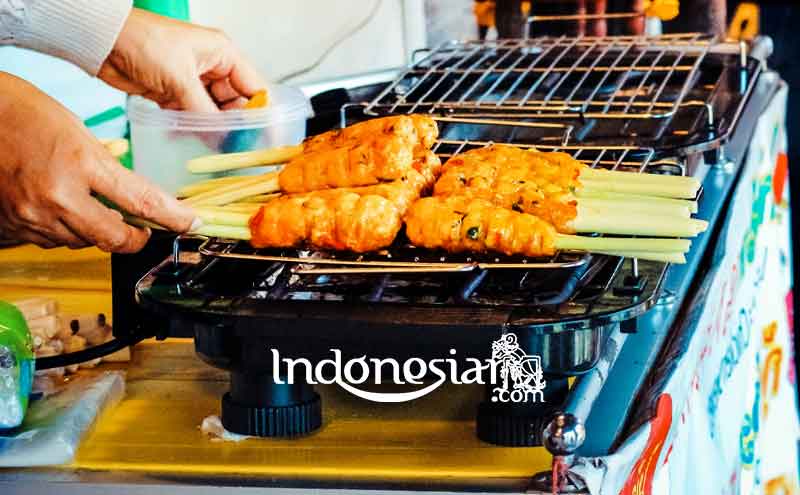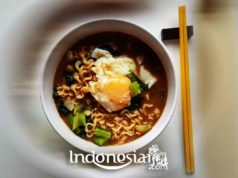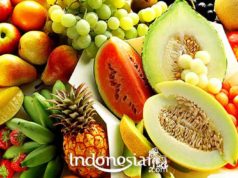For those of you who visit the city of Kudus, it feels incomplete if you haven’t brought home this one special snack. Its name is Jenang Kudus.
What is Jenang Kudus?
Jenang Kudus is a typical snack made from glutinous rice flour, coconut milk, and Javanese sugar. This one food at a glance almost the same as Dodol Garut, but has different characteristics and flavors. Jenang Kudus is one of the snacks and souvenirs typical of Kudus, Central Java.
Jenang Kudus is made from basic ingredients such as glutinous rice flour, coconut milk, and Javanese sugar. In the manufacturing process, the glutinous rice flour is stirred together with enough water. Then mixed with brown sugar, granulated sugar and sesame. The mixture is cooked and stirred until thick and even. Once cooked, the Holy Jenang is printed and cooled. After that, it is wrapped in plastic.
In the process of making, Jenang Kudus is cooked using a large skillet. The cooking process requires quite a long time, which is over 4 hours. During cooking, the Jenang Kudus dough is always stirred using wood that resembles a paddle. This cooking method has been passed down from their ancestors in ancient times. So that the authenticity of the Holy Jenang is maintained.
Jenang Kudus is almost the same as Dodol Garut. The difference is the texture, if dodol arrowroot is a bit hard, but Jenang Kudus tends to be softer and softer. Besides that, Jenang Kudus has a special sweet taste. Along with its development, many makers of Jenang Kudus began to innovate flavors such as the taste of durian, milk, strowbarry, ginger and others. But it still maintains the authenticity of the brown color made from Javanese sugar.
Jenang Kudus is very easy to find in stores that sell souvenirs. One of Jenang Kudus production centers is located in Kaliputu Village as the origin area of Jenang Kudus. For those of you who visit Kudus, Central Java. Certainly incomplete if you have not brought home this souvenir.
Well enough of the introduction of “Jenang Kudus Typical Snacks from Kudus, Central Java”. Hopefully it will be useful and increase your knowledge about traditional culinary in Indonesia.
































